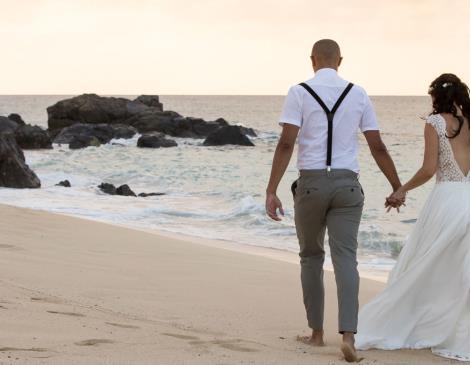PLANTATION MONT VERNON
From 1765, Knight Descoudrelles, commander of the islands of St. Martin and St. Barthélemy, boosted the development of the sugar industry by proposing land concessions. After being passed from owner to owner, in 1779 the Mont Vernon Plantation became the property of George Leonard, a British colonist from the neighboring island of Anguilla, who had the manor house built there in 1786. In 1814, the land was acquired by John Hodge 2nd, who named the house “Mount Vernon,” probably as a nod to the property owned by the first president of the United States, George Washington. In 1847, the “Mount Vernon” plantation produced 2,300 pounds of sugar and 400 pounds of molasses. After slavery was abolished in 1848, the sugar plantation decreased its activity and eventually stopped, as it was gradually taken over for cotton growing and livestock farming. Besides the mansion, the site also features a number of vestiges from its past, including the cistern, the kitchen, the low dry-stone walls, and the remains of the slaves’ quarters, which are the only ones left on the island.
After restoring this local heritage gem, the St. Martin Local Authority, which owns the site, planned to create a botanical garden to be opened to the public with historical and cultural content.
- English
- French
- Point of interest visible without visiting
- Theme(s) and category(ies) : Small heritage


